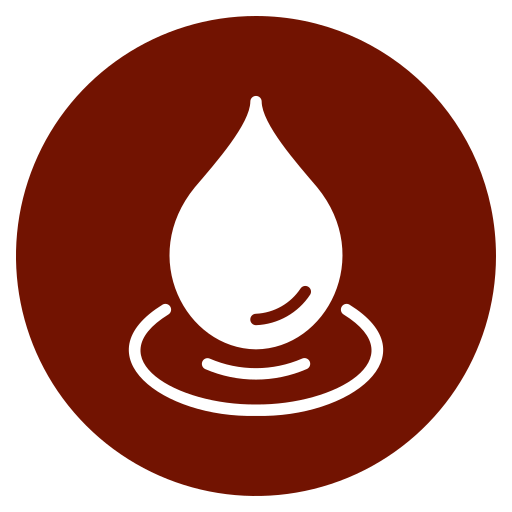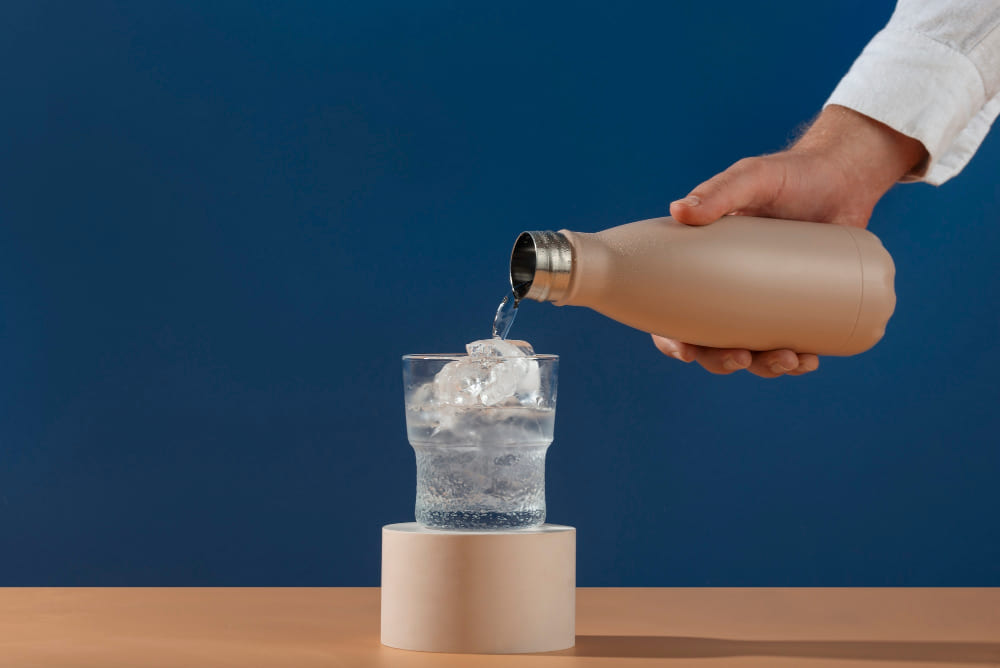The First Drink Matters: Replenishing After a Fast
After hours of abstaining from food and water, your body is in a delicate, highly receptive state. What you consume first after breaking a fast can significantly affect your digestion, energy levels, and overall well-being. While many people reach for cold water or sugary drinks, room temperature water remains the best and most natural choice—and science backs it up.
Understanding Fasting and the Body’s State
What Happens to the Body During a Fast
Fasting—whether intermittent, religious, or health-driven—triggers several physiological responses:
- Your metabolism slows down slightly
- Digestive activity pauses
- Stomach acid levels drop
- The body enters a repair and detox mode
When you break your fast, the body shifts from a state of rest into one of active digestion and absorption. That transition must be gentle. Room temperature water helps bridge this gap effectively and safely.
The Science Behind Water Temperature and Digestion
Room Temperature Water and Gut Function
The gastrointestinal tract is sensitive to temperature extremes. Drinking cold water can cause blood vessels in the stomach to constrict, potentially slowing digestion and making it harder for your system to efficiently process food. In contrast, room temperature water (about 20–22°C or 68–72°F):
- Supports consistent blood flow to the stomach and intestines
- Maintains the ideal environment for enzyme activity
- Encourages a smoother digestive restart post-fast
Thermal Shock and Its Impact
Cold water can shock the digestive tract, especially when your stomach is empty. This may cause cramps, bloating, or even nausea for some individuals. Room temperature water avoids this shock, keeping your system stable and responsive.
How Room Temperature Water Supports Hydration Post-Fast
Rehydration Without Stressing the System
After fasting, your body needs fluid replenishment—but gradually. Room temperature water is more easily absorbed than ice-cold alternatives. It:
- Gently rehydrates tissues and cells
- Helps normalize body temperature
- Rebalances electrolytes without overwhelming the kidneys
Better Circulation and Nutrient Delivery
Warm or room temperature water encourages vasodilation (widening of blood vessels), which improves circulation. This aids in the transport of nutrients once you start eating again—ensuring every organ and system gets what it needs.
Cultural and Traditional Backing
Ancient Wisdom Still Holds Value
Across many cultures—particularly in traditional Chinese medicine and Ayurvedic practice—cold water is discouraged during or after fasting. These systems promote lukewarm or room temperature fluids to maintain balance and aid digestion.
In fact, many religious fasting traditions (like Ramadan or Ekadashi) break fasts with dates and room temperature water—not by accident, but by wisdom passed down through generations.
Why Cold Water Might Be a Poor Choice
Potential Downsides After Fasting
- Cold water can constrict digestion and lead to stomach discomfort
- It may trigger headaches or fatigue due to temperature imbalance
- It slows down the natural warming process needed to kickstart digestion
Cold water is refreshing—but best reserved for hydrating during physical activity or hot weather, not after periods of fasting.
Practical Tips for Hydrating Post-Fast
Start Small, Then Build
- Begin with a glass of room temperature water
- Wait 3–10 minutes before eating
- If you need more hydration, continue with small sips
This allows your system to wake up without stress.
Use the Right Bottle for Temperature Control
Maintaining room temperature water on the go is easy when you use an insulated bottle. LivWit bottles, available in our shop, are designed to keep water at a stable temperature for hours.
- BPA-free and toxin-free
- Stylish and leak-proof
- Ideal for daily use or spiritual fasting routines
Room Temperature vs Warm Water: Is One Better?
The Middle Ground Wins
While some people prefer warm water for its soothing qualities, room temperature water strikes a comfortable balance:
- Not too cold to disrupt digestion
- Not too warm to feel unpleasant when thirsty
- Ideal for all age groups
If warm water works for you, feel free to use it—but room temperature water remains the universal, safest option post-fast.
When to Reconsider Room Temperature Water
Certain Medical Conditions
If you have specific health conditions like acid reflux or chronic inflammation, your doctor may recommend slightly warmer or cooler fluids. In most cases, however, room temperature is neutral and safe.

More Than Just a Drink: A Habit for Health
Build a Better Hydration Routine
Hydrating after fasting isn’t just about the first glass—it’s about building consistent habits:
- Carry your bottle everywhere
- Avoid sugary drinks or sodas
- Pair water with hydrating fruits like cucumber, melon, or citrus
- Stick to natural hydration over gimmicky options
Final Thought: Make Water Work for You
Fasting is a time of reflection, cleansing, and discipline. Don’t disrupt your progress with cold, shocking fluids. Instead, opt for room temperature water—it’s the gentle, powerful rehydration your body craves.
Take the Next Step
Find your ideal hydration companion in our collection of LivWit bottles—visit the store or contact us for personalized recommendations.

